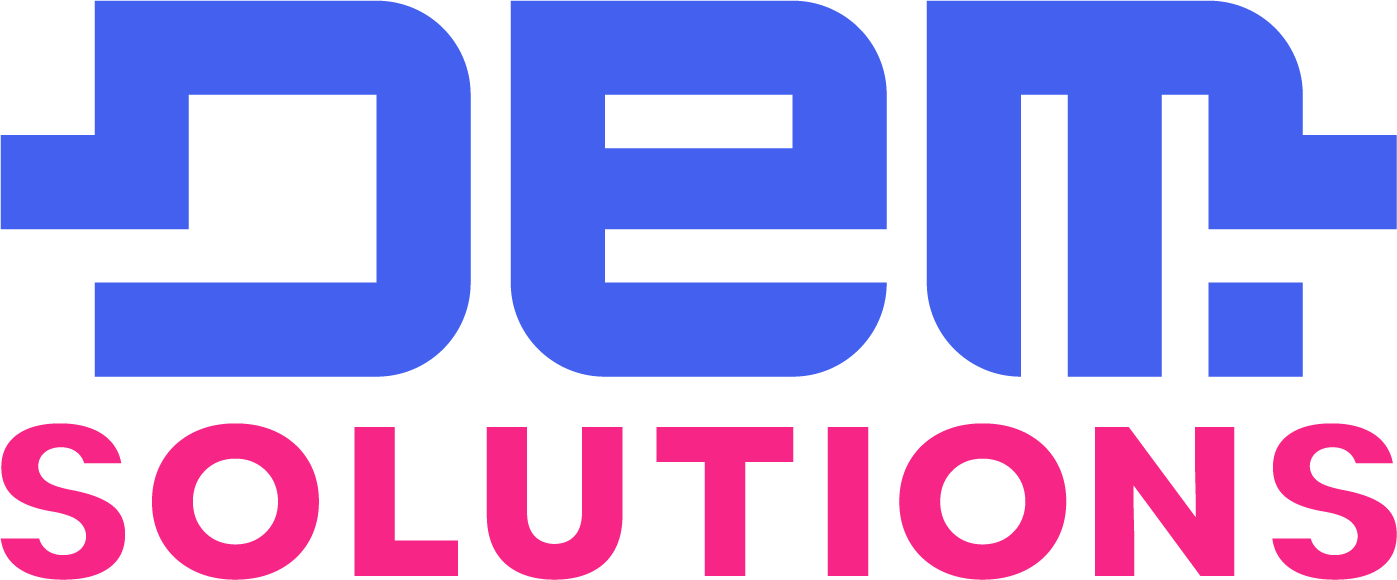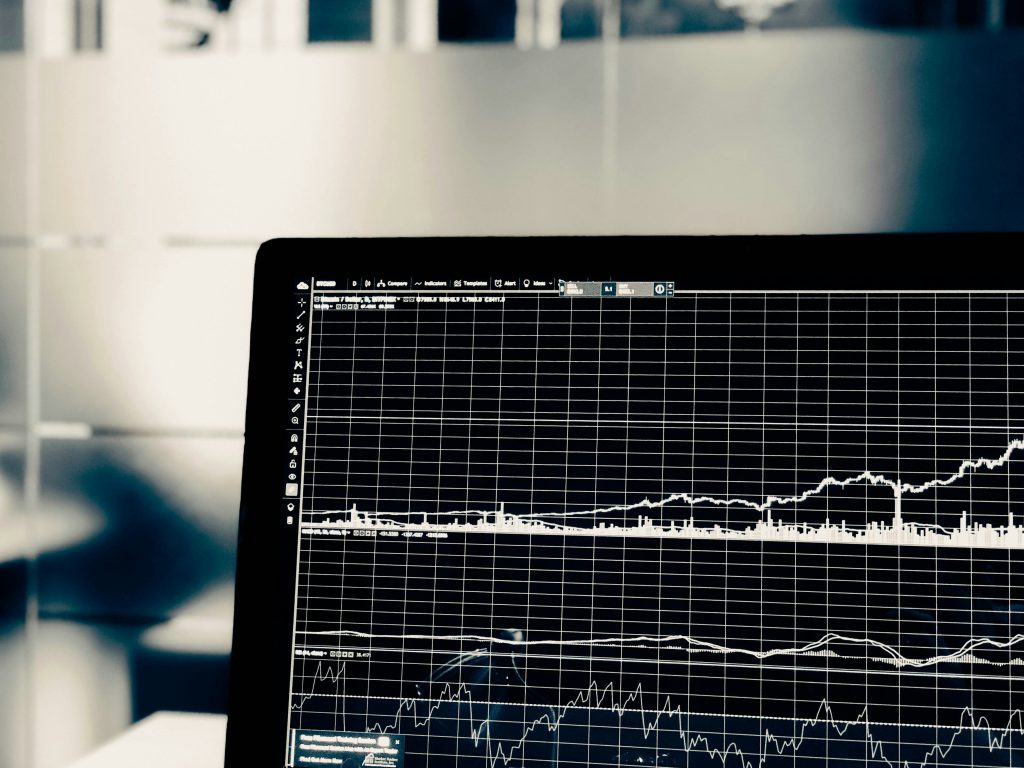Wearable health monitors have emerged as a revolutionary technology in personal healthcare, offering individuals the ability to track and manage their health with unprecedented ease and accuracy. These devices, ranging from smartwatches to specialized medical sensors, are transforming how we approach wellness, chronic disease management, and preventive care. This article explores the current state of wearable health monitors, their applications, benefits, and the challenges they face in reshaping the healthcare landscape.
Understanding Wearable Health Monitors
Wearable health monitors are electronic devices designed to be worn on the body, capable of collecting various physiological data:
- Heart rate and heart rate variability
- Blood pressure
- Blood oxygen levels
- Physical activity and step count
- Sleep patterns and quality
- Stress levels
- Body temperature
- Blood glucose levels (in more advanced devices)
These devices use a combination of sensors, microprocessors, and wireless communication technology to gather, process, and transmit health data.
Types of Wearable Health Monitors
Fitness Trackers and Smartwatches
- Popular consumer devices like Fitbit, Apple Watch, and Garmin watches
- Focus on activity tracking, heart rate monitoring, and sleep analysis
Medical-Grade Wearables
- FDA-approved devices for specific health conditions
- Examples include continuous glucose monitors for diabetes and ECG monitors for heart conditions
Smart Clothing
- Garments with integrated sensors for more comprehensive body monitoring
- Applications in sports performance and medical monitoring
Specialized Sensors
- Patch-like devices for continuous monitoring of specific health parameters
- Used for both consumer wellness and clinical applications
Applications of Wearable Health Monitors
Personal Fitness and Wellness
- Tracking daily activity, exercise, and sleep patterns
- Motivating users to achieve health goals through data visualization and gamification
Chronic Disease Management
- Continuous monitoring of vital signs for conditions like diabetes, hypertension, and heart disease
- Early detection of symptom changes or potential complications
Remote Patient Monitoring
- Allowing healthcare providers to monitor patients’ health status remotely
- Reducing the need for frequent in-person visits and hospitalizations
Clinical Trials and Research
- Collecting real-world data for medical research
- Enhancing the efficiency and accuracy of clinical trials
Workplace Health and Safety
- Monitoring workers in high-risk or physically demanding environments
- Preventing workplace injuries and managing occupational health
Mental Health Support
- Tracking stress levels and sleep patterns to support mental wellness
- Providing data-driven insights for mental health professionals
Benefits of Wearable Health Monitors
Empowering Individuals
- Providing users with real-time insights into their health status
- Encouraging proactive health management and lifestyle changes
Improving Healthcare Outcomes
- Enabling early detection of health issues
- Facilitating more personalized and timely interventions
Enhancing Doctor-Patient Communication
- Providing healthcare providers with comprehensive, long-term health data
- Facilitating more informed discussions and treatment decisions
Reducing Healthcare Costs
- Preventing complications through early intervention
- Minimizing unnecessary hospital visits and admissions
Supporting Aging in Place
- Allowing older adults to live independently for longer
- Providing peace of mind for family members and caregivers
Challenges and Considerations
Despite their potential, wearable health monitors face several challenges:
Data Accuracy and Reliability
- Ensuring the precision of measurements, especially in consumer-grade devices
- Dealing with variations in data quality due to factors like device placement and user behavior
Privacy and Security Concerns
- Protecting sensitive health data from breaches and unauthorized access
- Ensuring compliance with healthcare data protection regulations like HIPAA
Integration with Healthcare Systems
- Developing standards for data interoperability with electronic health records
- Creating workflows for healthcare providers to effectively use wearable-generated data
User Adoption and Adherence
- Encouraging long-term use beyond initial novelty
- Designing devices that are comfortable and convenient for continuous wear
Regulatory Approval
- Navigating complex regulatory landscapes for medical-grade devices
- Balancing innovation with safety and efficacy requirements
Data Overload
- Managing and interpreting vast amounts of continuous health data
- Avoiding alert fatigue for both users and healthcare providers
The Future of Wearable Health Monitors
As technology advances, several trends are likely to shape the future of wearable health monitors:
Non-Invasive Biochemical Monitoring
- Development of sensors capable of measuring blood glucose, alcohol levels, and other biomarkers without invasive procedures
AI and Machine Learning Integration
- Advanced algorithms for predictive health analytics and personalized recommendations
- Improved accuracy in detecting and predicting health events
Miniaturization and Improved Battery Life
- Smaller, more discreet devices with longer battery life for enhanced wearability
- Integration of energy harvesting technologies for self-powered devices
Expanded Sensor Capabilities
- Inclusion of more advanced sensors for comprehensive health monitoring
- Potential for early detection of diseases like cancer through biomarker sensing
Seamless Integration with Smart Environments
- Interaction with smart home and smart city technologies for holistic health management
- Integration with telemedicine platforms for streamlined healthcare delivery
Wearable health monitors represent a significant leap forward in personal healthcare management. By providing individuals and healthcare providers with continuous, real-time health data, these devices are paving the way for more proactive, personalized, and effective healthcare approaches.
While challenges remain, particularly in areas of data accuracy, privacy, and integration with existing healthcare systems, the potential benefits of wearable health monitors are immense. As technology continues to advance and adoption grows, we can expect these devices to play an increasingly central role in how we monitor and manage our health.
The future of wearable health monitors is not just about tracking fitness or vital signs; it’s about creating a new paradigm of personalized, preventive healthcare. As these devices become more sophisticated and ubiquitous, they have the potential to transform our relationship with our own health, empowering individuals to take greater control of their well-being and enabling healthcare systems to deliver more timely, targeted, and effective care.


